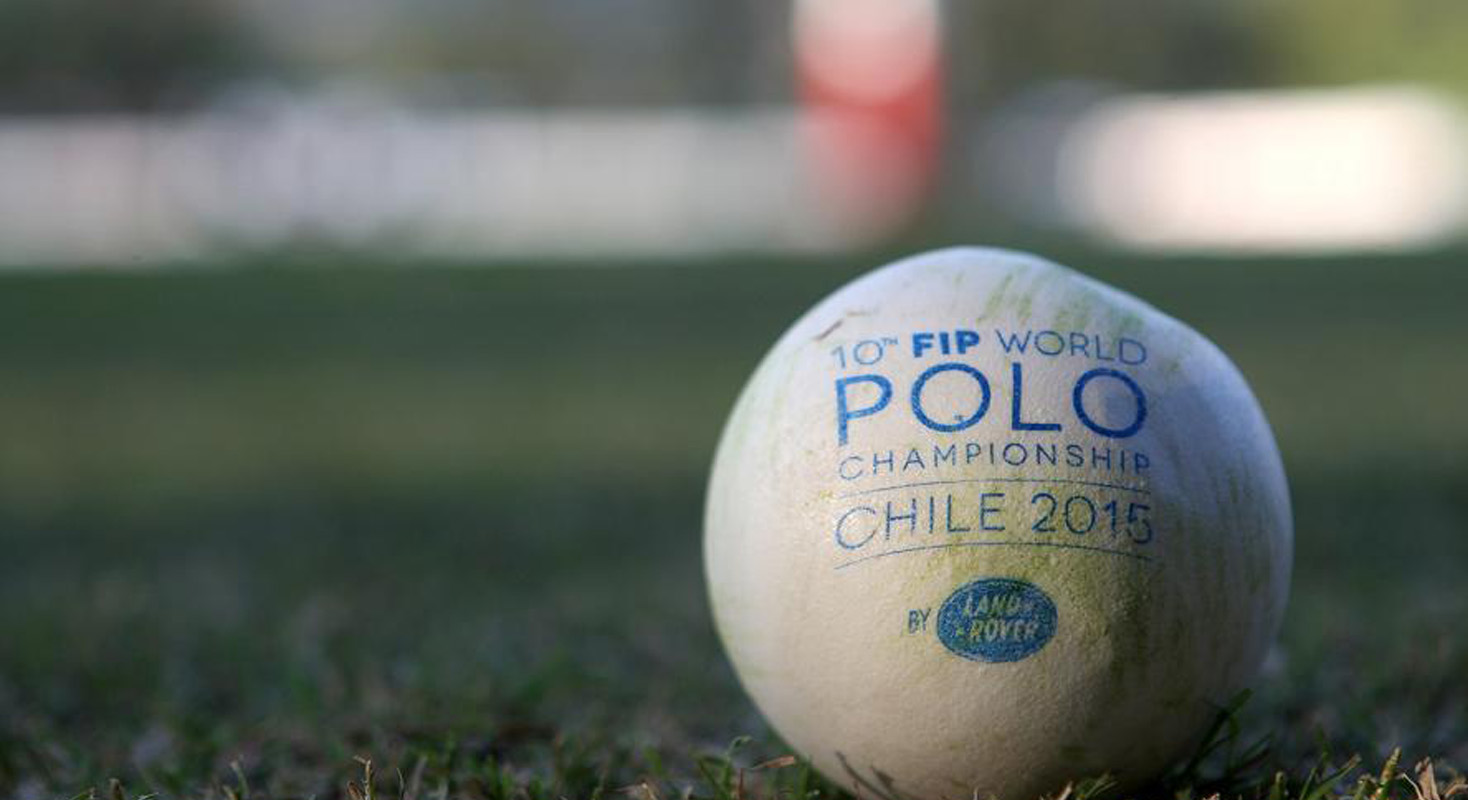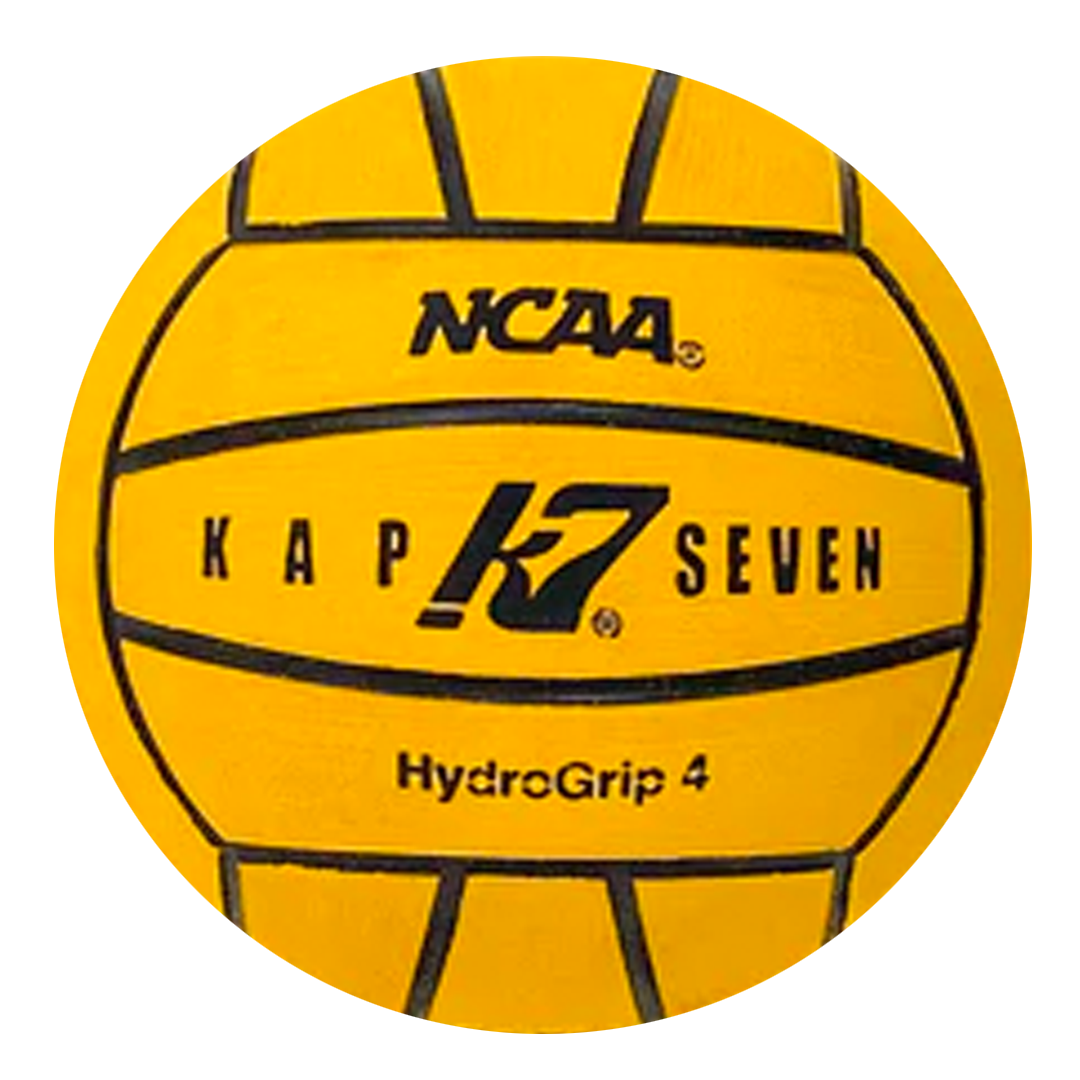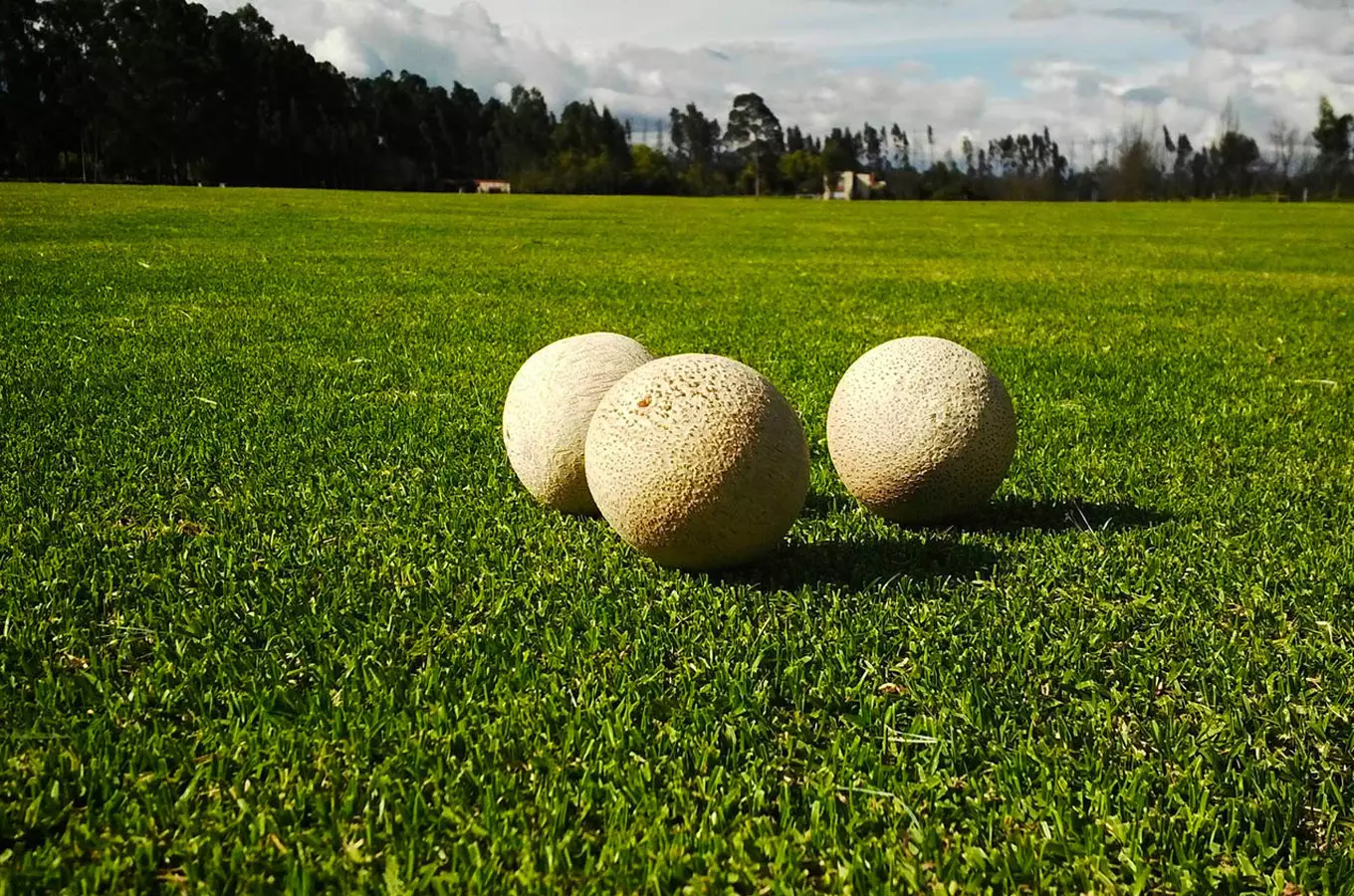As an Amazon Associate, I earn from qualifying purchases.
A polo ball is a hard, durable sphere used in the sport of polo. It is typically made of high-quality plastic or wood and is designed to withstand the intense impact of the game.
Polo balls are carefully crafted to ensure consistent performance and safety for both players and horses. The size, weight, and materials used in polo ball construction are regulated to maintain standardization across the sport. These balls are essential equipment for playing polo and are integral to the fast-paced and exhilarating nature of the game.
Polo, often referred to as the “sport of kings,” is a thrilling equestrian sport that combines athleticism, strategy, and precision. Played on horseback, it requires exceptional skill and coordination from both the riders and their mounts. Central to the game is the polo ball, a vital component that enables the players to execute powerful shots and make precise passes. Understanding the significance of the polo ball and its role in the sport provides valuable insight into the dynamic world of polo.
The Importance Of The Right Polo Ball
Selecting the right polo ball is crucial for a successful game, ensuring accuracy and performance on the field. The quality of the ball impacts the overall gameplay experience for both players and spectators, highlighting the importance of choosing the appropriate polo ball for matches.
Factors Contributing To Performance
Impact On Game Dynamics
The right Polo ball is crucial for the game. It affects performance and game dynamics significantly.Factors Contributing To Performance
The weight, size, and construction of the Polo ball directly impact player performance. – Weight influences shot power and accuracy. – Size affects handling and maneuverability. – Construction materials can alter bounce and durability.Impact On Game Dynamics
The Polo ball dictates the pace and flow of the game. – Faster balls lead to quick plays and intense matches. – Slower balls encourage strategic gameplay and precise shots.History And Evolution Of The Polo Ball
When delving into the enthralling world of polo, the history and evolution of the polo ball stand as a testament to the sport’s enduring legacy. The evolution of the polo ball has been a fascinating journey, marked by innovations and advancements that have significantly contributed to the modern game.
Early Materials And Designs
The earliest polo balls date back to ancient Persia, where they were crafted from leather and filled with various materials such as hay, wool, or cork. The size and weight of these early balls varied, and their construction greatly influenced the dynamics of the game.
Modern Advances In Polo Balls
In modern times, the polo ball has undergone remarkable advancements, leading to the development of highly specialized and resilient designs. Manufacturers now utilize cutting-edge materials such as high-density plastics and synthetic rubber, enhancing the durability and performance of the balls. The evolution of the polo ball reflects the enduring spirit of innovation within the sport, continually pushing the boundaries of excellence.
Materials Matter: Composition Of Polo Balls
In the high-speed, adrenaline-fueled sport of polo, the quality and composition of the ball are paramount. The material of the polo ball not only affects its performance on the field but also influences the safety of the players and the ponies. In this section, we will explore the essential aspects of polo ball composition, focusing on the traditional wooden balls and the contemporary plastic and polymer options.
Traditional Wooden Balls
For centuries, polo balls were crafted from high-quality hardwoods, such as willow or bamboo, to ensure durability and a natural feel. The handcrafted wooden balls offered a satisfying weight and a unique playing experience. However, these traditional balls required frequent maintenance due to their susceptibility to damage from impacts and moisture.
Contemporary Plastic And Polymer Options
Advancements in materials technology have led to the development of modern polo balls made from durable plastic and high-performance polymers. These synthetic balls offer enhanced resilience and consistency, reducing the need for frequent replacements. Additionally, the contemporary options provide improved water resistance, making them suitable for various playing conditions.

Credit: pologearusa.com
Size And Weight Specifications
The Polo Ball boasts specific size and weight specifications for optimal performance on the field. Its dimensions and weight are standardized for consistency and fairness in the game, ensuring a balanced playing experience for all players.
Polo is a game of precision, skill, and speed. Players gallop across the field, striking the ball with long-handled mallets. The game requires a sturdy and responsive ball that can withstand the intense pressure and impact of the game. In this section, we will discuss the size and weight specifications of the Polo Ball, which are crucial to the game’s dynamics.Regulation Standards
According to the Federation of International Polo (FIP), the regulation size of a Polo Ball must have a diameter between 3 ½ to 3 ¾ inches (8.89 to 9.53 cm). The weight of the ball must range between 4 ¾ to 5 ½ ounces (133.24 to 155.92 grams). The FIP is the governing body of Polo and sets the standards for the game worldwide.How Size Influences Play
The size of the Polo Ball plays a crucial role in the game’s dynamics. The larger ball size makes it easier for players to hit, but it also makes the ball slower and less responsive. On the other hand, a smaller ball size makes the ball faster and more responsive but also harder to hit. The regulation size of the Polo Ball strikes the perfect balance between speed, responsiveness, and skill. In conclusion, the size and weight specifications of the Polo Ball are essential to the game’s dynamics. The regulation size of the ball ensures that the game is fair and balanced, and players can showcase their skills to the fullest. A well-made Polo Ball can withstand the intense pressure and impact of the game, providing a thrilling experience for players and spectators alike.Surface Considerations
Consider the surface when playing polo to ensure a suitable ball bounce and overall game performance. Proper turf maintenance is crucial for a smooth and consistent play experience, enhancing player skill and enjoyment during matches. Attention to surface conditions can significantly impact the game’s dynamics and outcome.
When it comes to playing polo, one of the most important factors to consider is the playing surface. Different types of polo balls are available to suit different types of surfaces. In this post, we will focus on the surface considerations for polo balls and explore the grass vs. arena polo ball debate, as well as adapting to different playing fields.Grass Vs. Arena Polo Balls
Grass polo balls are typically made from plastic, wood, or bamboo and are designed to be used on natural grass surfaces. They are larger and softer than arena polo balls to absorb the impact of the mallet, which reduces the risk of injury to the horse. On the other hand, arena polo balls are smaller, harder, and made of plastic or rubber. They are designed to be used on hard, flat surfaces such as sand, dirt, or concrete. The harder surface requires a harder ball to maintain the same level of play.Adapting To Different Playing Fields
Polo players need to adapt to different playing fields and adjust their tactics according to the surface they are playing on. When playing on grass, the ball will roll and bounce differently compared to playing on an arena surface. To adapt to grass surfaces, players need to focus on their swing technique and aim for a lower shot. When playing on an arena, players need to use a shorter swing and aim for a higher shot to compensate for the harder surface. In conclusion, the type of polo ball used depends on the playing surface, and players need to adapt their playing style accordingly. Whether you prefer grass or arena polo, it’s important to choose the right ball and practice on different surfaces to improve your game.
Credit: lapolo.in
Brand And Quality: Making The Selection
When it comes to choosing the right polo ball, the brand and quality play a crucial role in ensuring an enjoyable and high-performance game. Selecting from top manufacturers and understanding the quality indicators are essential steps in making an informed decision.
Top Manufacturers
When looking for the best polo balls, it’s important to consider products from renowned manufacturers such as Wooden Ball, Argentine Ball, and Argentine Open. These manufacturers have a long-standing reputation for producing high-quality polo balls that are durable and provide optimal performance on the field.
Quality Indicators To Look For
When choosing a polo ball, there are specific quality indicators to consider. A high-quality polo ball should have a uniform weight distribution to ensure consistent performance during the game. Additionally, the smoothness and hardness of the ball’s surface are important factors that contribute to its durability and playability. Furthermore, the resilience and bounce of the ball are crucial for maintaining the integrity of the game.
Maintenance And Care For Longevity
Maintenance and care are essential for ensuring the longevity of your polo ball. By following proper storage practices, cleaning and inspection routines, you can maximize the lifespan of your equipment and maintain its optimal performance on the field.
Proper Storage Practices
Proper storage is crucial for preserving the integrity of your polo ball. Store the balls in a cool, dry place away from direct sunlight and extreme temperatures. Utilize a breathable bag or container to prevent moisture buildup and protect the balls from dust and debris.
Cleaning And Inspection Routines
Regular cleaning and inspection are vital for the maintenance of polo balls. After each use, wipe down the balls with a damp cloth to remove dirt and grime. Periodically inspect the balls for signs of wear and tear, such as cracks or loss of inflation.
Buying Guide: Where And How To Purchase
Online Vs. In-store Shopping
When choosing between online and in-store shopping for a polo ball, consider factors such as convenience and product variety.
Evaluating The Best Deals
Compare prices, quality, and return policies to ensure you get the best value for your money when purchasing a polo ball.
Personalization And Customization
Custom Colors And Logos
Choose custom colors and logos to match your style and brand.
Personalized Engravings
Get personalized engravings for a unique and special touch.

Credit: www.kap7.com
The Role Of The Ball In Training And Practice
The polo ball plays a crucial role in training and practice, serving as the focal point for players to hone their skills and teamwork. Its unique design and characteristics make it essential for mastering the art of polo, providing both challenge and precision in every play.
quality of the polo ball in training and practice sessions. The ball serves as a crucial element in honing players’ abilities, improving their accuracy, and enhancing their overall performance on the field.Drills And Exercises
Consistency In Practice Games
Listening To The Players: Feedback From Professionals
When it comes to the design and performance of a polo ball, the feedback and insights from professional players are invaluable. Their experiences on the field, preferences, and endorsements play a crucial role in shaping the development and quality of polo balls. Let’s delve into the player preferences, testimonials, and endorsements that provide a deeper understanding of what makes a polo ball exceptional in the eyes of the professionals.
Player Preferences
Understanding the preferences of professional polo players is essential in creating a polo ball that meets their exacting standards. From the weight and size of the ball to its bounce and durability, player feedback is instrumental in refining the design and materials used. The insights gained from the players’ preferences enable manufacturers to tailor the characteristics of the polo ball to ensure optimal performance on the field.
Testimonials And Endorsements
Testimonials and endorsements from professional polo players carry significant weight in the industry. Hearing directly from players about their experiences with a specific polo ball can provide valuable insights for potential buyers. Endorsements from renowned players not only validate the quality of a polo ball but also serve as a testament to its performance and reliability, influencing the purchasing decisions of aspiring polo enthusiasts.
Preparing For Victory: Final Thoughts
As the polo match draws near, it’s crucial to consider all aspects of preparation to ensure a winning performance. Mental and physical readiness play vital roles, and the choice of equipment, including the polo ball, is equally significant. Let’s delve into the final thoughts on these key aspects as players gear up for victory.
Mental And Physical Readiness
Achieving victory in polo demands peak mental and physical condition. Players must maintain sharp focus and strategic agility to outmaneuver opponents. Additionally, physical fitness is non-negotiable, requiring rigorous training and conditioning to endure the demands of the game.
The Ball As Part Of The Winning Formula
The polo ball is far from a mere accessory; it is an integral component of the winning formula. From its composition to its bounce, every aspect is meticulously designed to optimize performance. Players must adapt their techniques and strategies to the unique characteristics of the ball, harnessing its potential to gain a competitive edge.
Frequently Asked Questions
What Kind Of Ball Do They Use In Polo?
The kind of ball used in polo is a hard plastic or wooden ball. It is specifically designed for the sport to ensure safety and durability on the field.
What Is A Chukka In Polo?
A Chukka in polo refers to a period of play that lasts for seven and a half minutes. Each game is divided into six Chukkas. The term is also used to describe a type of ankle boot with laces that originated in India and is commonly worn by polo players.
Where Are Polo Balls Made?
Polo balls are made in various countries including Argentina, Pakistan, and India. The manufacturing process involves using high-quality plastic or wood and shaping it into a sphere. The balls are then polished and painted to meet regulation standards.
What Is A Water Polo Ball Called?
A water polo ball is called a “water polo ball. ” It is specifically designed for use in the sport of water polo.
Conclusion
In a nutshell, Polo Ball is a timeless sport that combines skill and elegance. Whether a beginner or seasoned player, the game offers enjoyment and camaraderie. With its rich history and global appeal, Polo Ball continues to captivate enthusiasts worldwide.
Join the tradition and experience the thrill of Polo Ball.
As an Amazon Associate, I earn from qualifying purchases.
